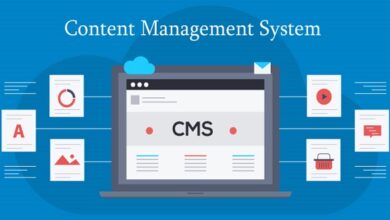Multimedia Storytelling

Delivery channel, the Internet can handle text, photo, video, and sound with equal ease—they all are 0s and 1s, after all—digital editors are also determining the best or most appropriate media through which to tell the stories.
Before digital distribution, TV stations showed video, newspapers ran printed articles and photos, and radio stations broadcasted music and talk. Via the web and mobile, anyone can do all these, allowing the story to drive the media choices rather than the medium determining the kinds of stories that are pursued and produced.
It is this convergence as much as any other that has changed media industries in the past 20 years. Thus, knowing the capacities and limitations of different publishing environments can inform important choices even in conceptualizing stories.
Further down the production line, digital editors should be able to create simple webpages and have a basic understanding of HTML and CSS, to better understand the capacities of hyper textual environments.
Big Data
The overwhelming volume of information we produce simply going about our daily lives, including data produced by the ubiquitous smartphone, has fueled interest in mining this “big data” for meaning. Harnessing this data and analyzing it is only one part of the challenge.
Finally, there is the question of how to present or publish these big data-driven answers in ways that are accessible to integrators.
One of the simpler examples of this challenge of data visualization, and one of the easier layers of information to add to a story or story package, is an interactive map. With digital mapmaking applications, digital editors can leverage the growing abundance of remapped information about our globe. For a public armed with smartphones and an array of remapped applications, a public that increasingly expects customized, localized information, interactive maps have become standard fare.
Some common uses of maps include plotting routes; showing directions; signifying key locations of something, such as Wi-Fi spots or public transportation; and layering spreadsheet data such as crime, voting, polling, or traffic data. Most of the online tools also offer the capacity to annotate your maps, allowing you to add clickable regions, points, or icons, as well as images, sound, and even video.
Interactive maps allow integrators to zoom in or rotate for a sort of magic carpet ride. In terms of the amount of information your map conveys, though, it’s a good idea to be judicious. Cluttered maps risk being ignored. Maps that quickly locate significant, easily recognizable landmarks or tourist attractions are effective because they quickly orient users and avoid overwhelming with too much information.
Last word
Integrators can pause the map, click on a dot, and learn about the ship’s origin point, destination, and history in the slave trade. A graph at the bottom accumulates statistics based on the raw data used in the interactive, representing only about one-half of the number of enslaved Africans who were transported away from the continent.


